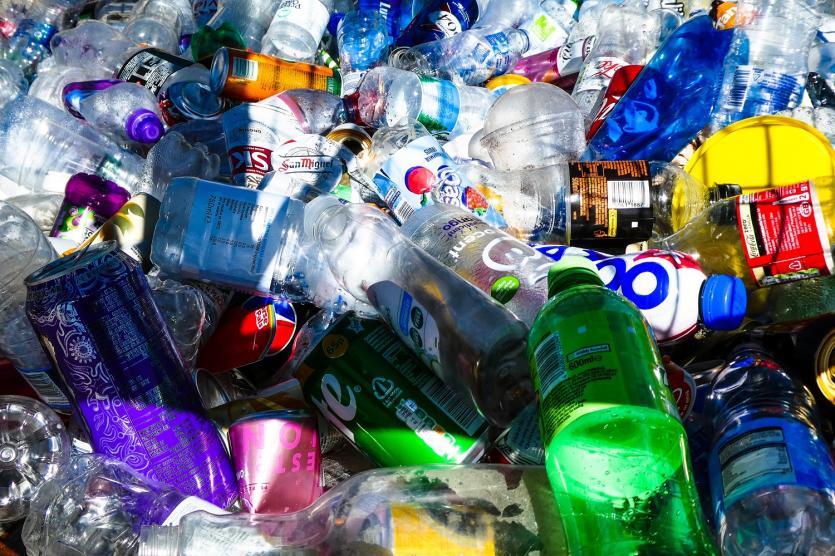A recycling bin near Bournemouth beach, UK. Photo by Nick Fewings on Unsplash.
By Patryk Krych | The World Daily | FEBRUARY 6th 2022
There may yet be a future for the concept of plastic-devouring enzymes, as an Argentinian team recently started to use Antarctica-native microorganisms to clean up and get rid of plastics in an effort to introduce a potential end to the pollution.
The trouble of plastic pollution has been an increasingly pressing one over the recent years, with as many as 79,000 tonnes of plastic waste said to be drifting out in the Pacific Ocean alone, causing unnumerable damages to marine life and presenting them with often-lethal hazards. Whether they be large beer-can plastic rings, or tiny microplastics that build up in wildlife’s guts over time, the issue seemed hopeless until the possibility of plastic-eating microorganisms came into question.
Plastic has, despite all of its damages, found itself introduced into the cycle of evolution with a variety of microbes and enzymes having been found to target and break down the material. A 2021 study published in the journal mBio was the first large-scale global assessment to study the potential of plastic-eating bacteria, and found that there was potential.
Professor Aleksej Zelezniak, from the Chalmers University of Technology in Sweden, said that “We found multiple lines of evidence supporting the fact that the global microbiome’s plastic-degrading potential correlates strongly with measurements of environmental plastic pollution – a significant demonstration of how the environment is responding to the pressures we are placing on it.”
More recent breakthroughs had been made at the Argentinian research bases in the white continent of Antarctica, which isn’t exempt from the effects of plastic pollution.
“This work uses the potential of native microorganisms - bacteria and fungi that inhabit the Antarctic soil, even when it is contaminated - and make these microorganisms eat the hydrocarbons,” said biochemist Dr. Lucas Ruberto. “What for us is a contaminant, for them can be food.”
The team had focused on bioremediation tasks from one of the six Argentine bases situated in Antarctica – Carlini. They used microorganisms native to the continent in order to clean diesel-contaminated soil, though through the optimisation of environmental conditions, such as humidity and substance.






